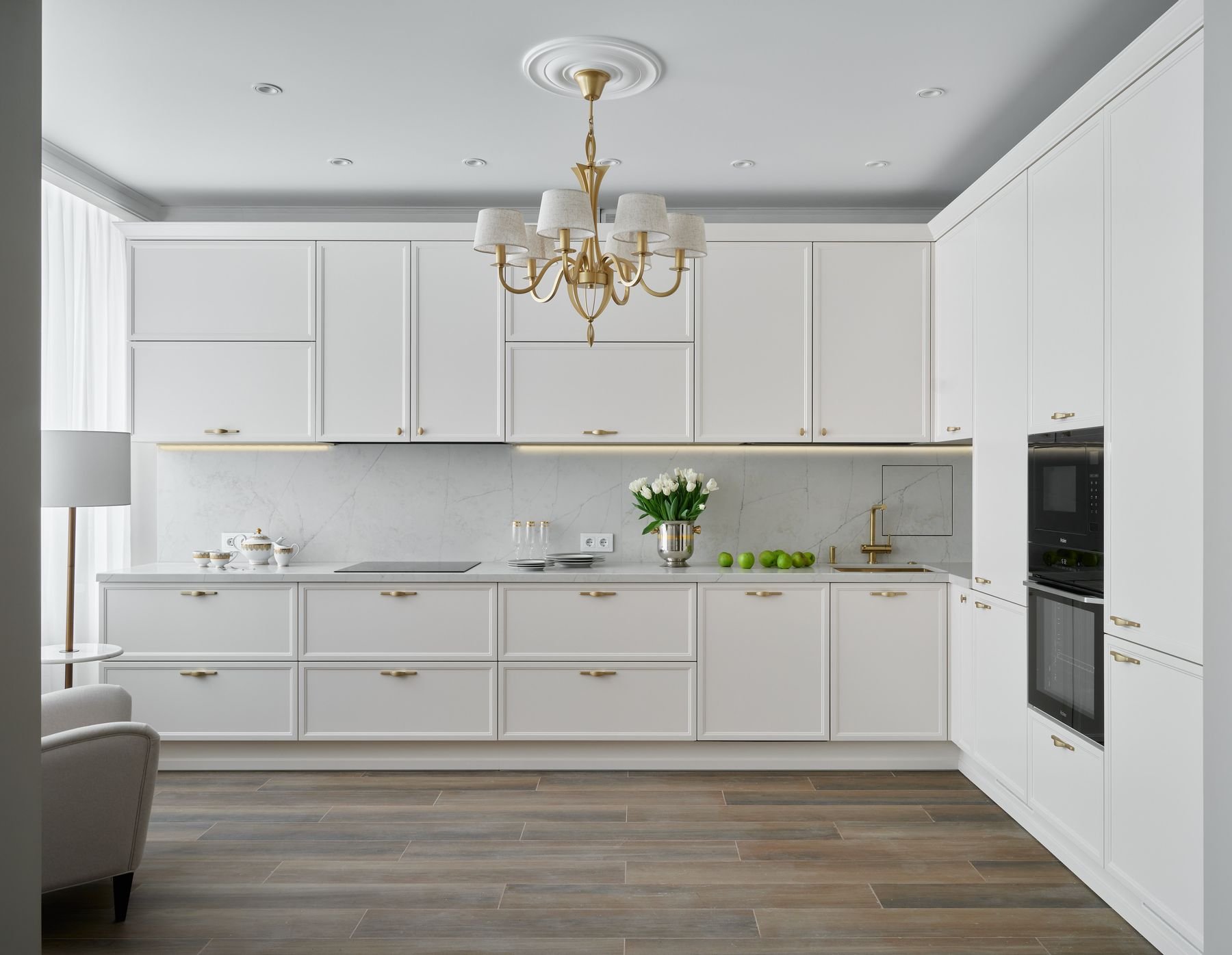
The Evolution of Culinary Spaces
Culinary spaces have long been the heart of the home, where families gather to share meals and moments. However, in recent years, these spaces have undergone a significant transformation. No longer just functional areas for cooking, modern culinary spaces have become elegant extensions of the home's design, reflective of the homeowner's taste and lifestyle.
Innovative Designs and Layouts
The latest trends in kitchen design focus on creating a seamless flow between cooking, dining, and living areas. Open floor plans have become more popular, allowing for a more social and inclusive environment. Innovative designs include multi-functional islands that serve as cooking stations, dining tables, or even workspaces. These central pieces are often complemented by sleek cabinetry and cutting-edge appliances that enhance both the aesthetics and functionality of the space.
Materials and Finishes
Elegance in culinary spaces is achieved through the thoughtful selection of materials and finishes. Natural stone countertops, high-quality woods, and artisanal tiles are among the many options homeowners can choose from to create a space that’s both beautiful and durable. A mix of textures and materials—like combining matte and gloss finishes or wood and metal—adds depth and interest to the kitchen.
Lighting as a Design Element
Lighting plays a crucial role in defining the ambiance of culinary spaces. A combination of overhead and task lighting is ideal for functionality, while pendant lights or chandeliers can serve as stunning focal points. Under-cabinet lighting and in-drawer lights enhance usability and contribute to the overall elegance of the space.
Smart Technology Integration
Today's culinary spaces are not just about visual appeal; they are also becoming smarter. Integrated technology, such as smart refrigerators, ovens, and even faucets, make daily tasks more convenient and efficient. Voice-activated controls and touchless features are becoming standard in high-end kitchen designs, blending modernity with classic elegance.
Sustainability and Wellness
The redefined elegant culinary space is also environmentally conscious and focused on the health and wellness of its users. Designers are incorporating sustainable materials, energy-efficient appliances, and herb gardens to promote a healthier lifestyle. Non-toxic paints and finishes, alongside air purification systems, ensure the kitchen is a safe and clean environment for preparing and enjoying food.
Conclusion
Culinary spaces have been redefined to become elegant, highly functional hubs of modern homes. They are no longer just places to prepare food; they are designed to inspire, bring comfort, and facilitate wellness. By marrying innovative design with technology and sustainability, these spaces continue to evolve, meeting the needs and desires of contemporary homeowners.